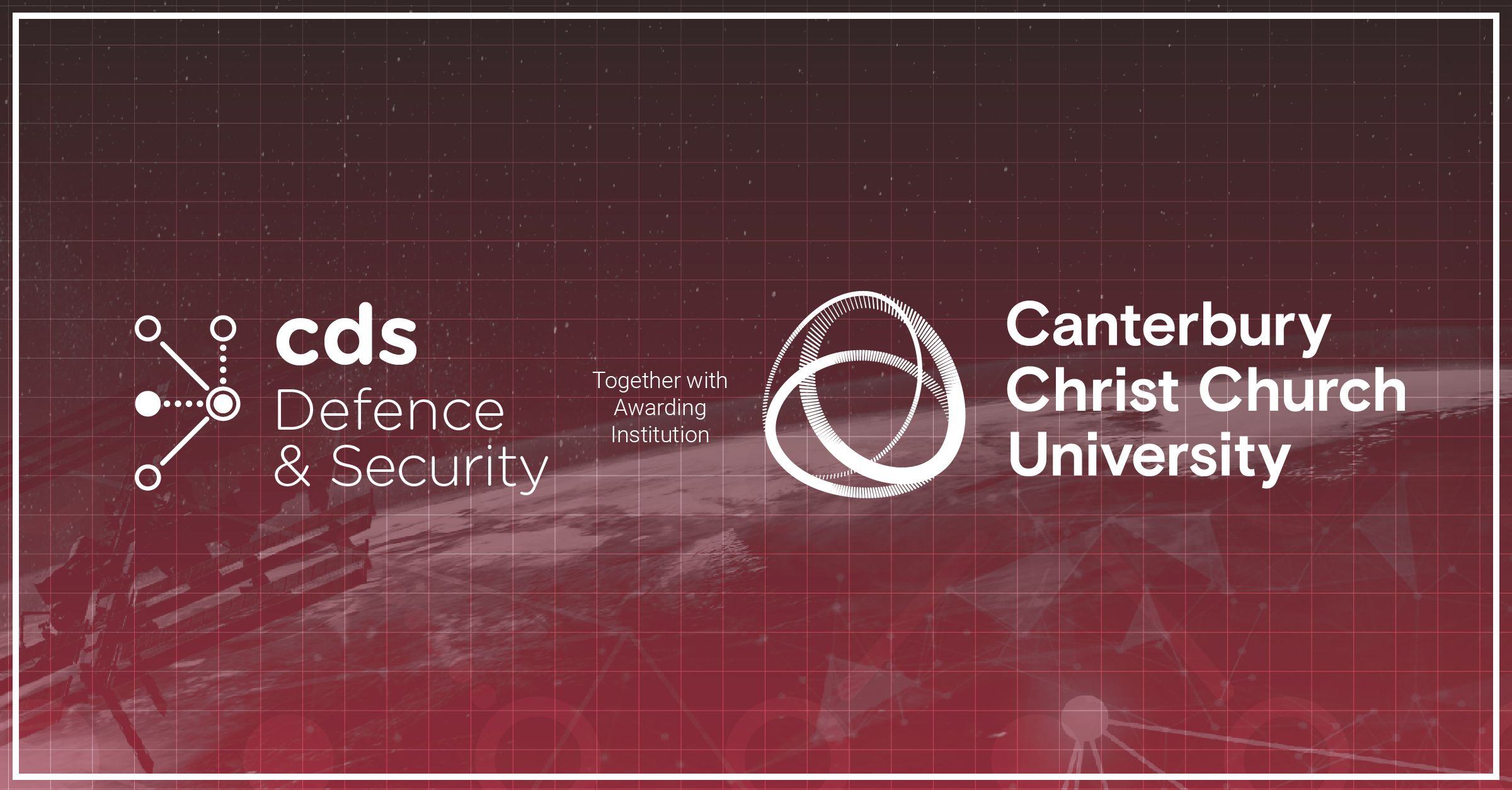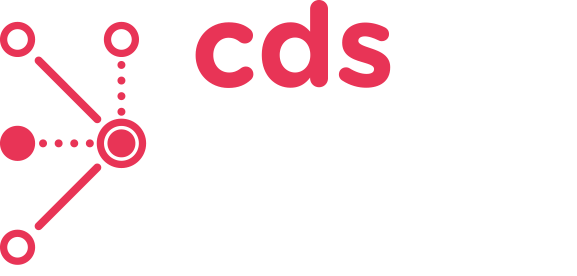
Telecommunications
Programmes & Courses
Leading courses, top qualifications and practical training led by a team of experts.
CDS Defence & Security deliver specialist training in telecommunications adding a valued service level to our wide portfolio of capabilities within Training & Learning Development.

We deliver an MSc Wireless Communications, together with awarding institution Canterbury Christ Church University.
The MSc will comprise of:
- Post Graduate Certificate in Wireless Communications
- Post Graduate Diploma in Wireless Communications
- Masters Module
News & Insight
Connect with our experts at CyberUK 2024
Posted in on 17/04/2024
Join us at CyberUK 2024, May 13-15 in Birmingham. Explore our offerings at stand B1, fostering insightful discussions and knowledge exchange.





